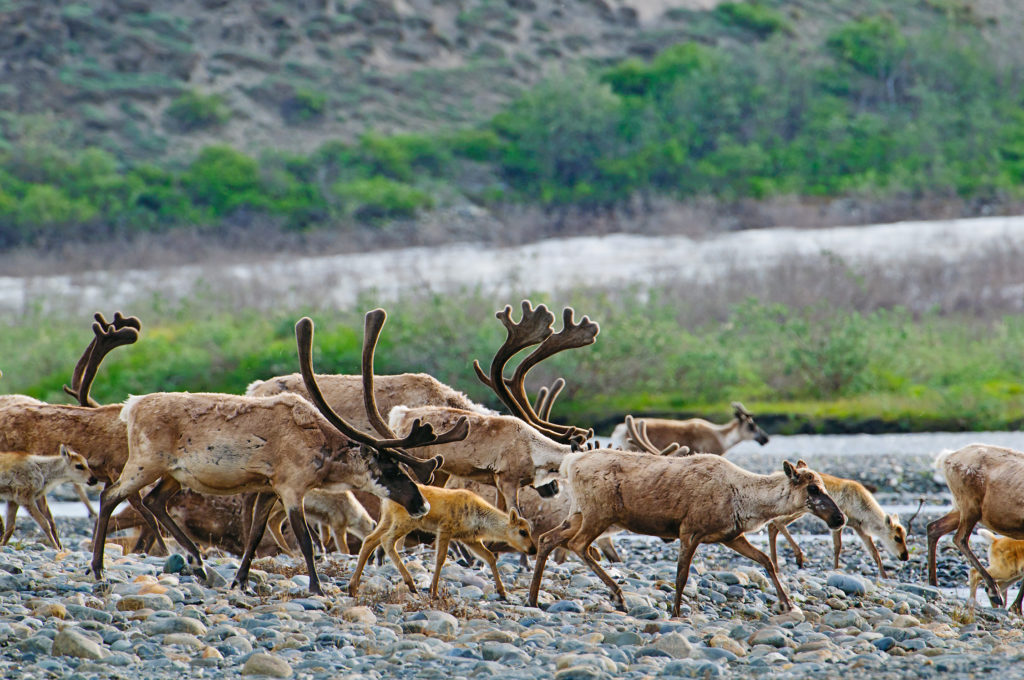
We’re less than 60 days away from another Election Day — and just three short weeks until Boulder Weekly’s annual Vote Guide! — and politically minded documentaries are coming fast and furious to theaters physical and virtual. Here are three to paint a picture of hope and despair, and maybe hope again.
Let’s start on the positive side of things with Jimmy Carter: Rock & Roll President, probably the most uplifting 96 minutes you’ll spend watching a political doc this year. Granted, that’s not a high bar to clear, but it’s something.
Using the typical talking heads/archival footage formula, director Mary Wharton presents Carter’s story — from Plains, Georgia peanut farmer to the elected leader of the United States — through the connections Carter made with musicians. Politics are about charisma, and Carter had it in aw-shucks spades, but charisma can only get you so far. You need publicity, and Carter had the Allman Brothers, Willie Nelson, even Dizzy Gillespie. Would Carter have been elected president if not for their willingness to come and play? Probably not. Would Donald Trump have been elected if not for The Apprentice?
The music’s great but the coup of Wharton’s doc is Carter himself, who recounts his work in politics with enough distance to see the successes and mistakes. Carter supplies humility — a welcome counter to the other interviewees who wax poetic about the one-term president.
Wharton tends to wax poetic too, and the absence of squabbling pundits and vitriol in Rock & Roll President makes the world appear kinder. Maybe it was. Or maybe we just want to remember it that way. I’m sure you could make a counter documentary, one that shows how disenfranchised the country was and how ready Americans were to accept Ronald Reagan after four years under Carter. There would be a lot of truth in that documentary too, but you would also lose all the humanitarian work Carter did after leaving the office. And those are the moments that lift. Now playing in select theaters, home entertainment release Oct. 4.

When George Washington was elected president of these United States, it was done so by a specific group of people: white, male, property owners. As All In: The Fight For Democracy says, that represented 6% of the population.
A lot has changed since, and a lot more have the right to vote, but filmmakers Liz Garbus and Lisa Cortés make the case that our “one person, one vote” representative democracy is under new threat from systemic voter suppression. Using Stacey Abrams’ 2018 gubernatorial campaign in Georgia as a framing device, and Abrams as the doc’s grounding voice, Garbus and Cortés make a compelling case, one that falls along the lines of: “If you’re not outraged, you’re not paying attention.” Streaming on Amazon Prime starting Sept. 18.

The same could be said of Public Trust, the new call-to-action doc from David Garrett Byars and Patagonia Films, about private interests invading public lands in search of oil and gas profits. America is home to 650 million acres of public land for conservation, recreation and preservation purposes. But the vast resources that can be monetized makes the divide between what we have and the money to be made all the more tentative. Streaming on YouTube starting Sept. 25.














